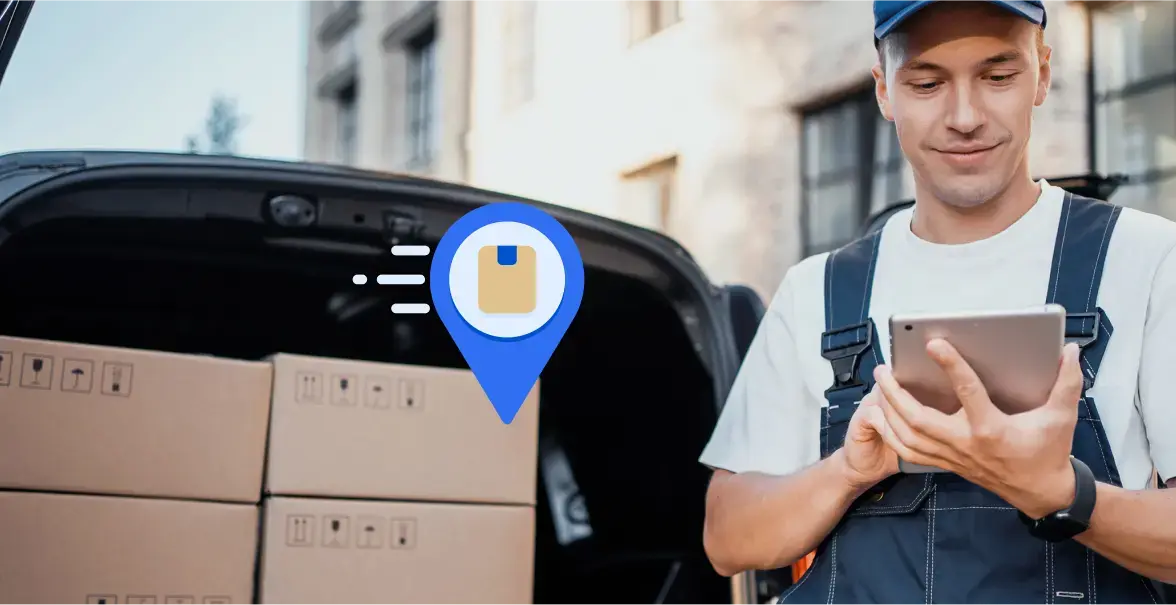For 3PL providers and their shipper clients, advances in 3PL management software offer new capabilities that support business growth and expansion while increasing efficiency, decreasing costs and boosting customer satisfaction. The inclusion of AI in core processes and the ability to integrate with applications throughout the technology stack via bi-directional APIs has rapidly expanded the utility — and the ROI — of the software. 
However, as anyone who’s lived through the deployment of software that’s central to their organization, there’s always risk. Call it the “implementation ambush,” things you didn’t know that you didn’t know were going to be problems before the deployment.
You can wind up with configuration and implementation delays, leading to a difficult go-live that pushes way past the original timeline.
The implementation of a new 3PL logistics software solution is a major task for any organization. But when managed correctly, the best 3PL software can improve processes and outcomes right across an organization, helping to build a highly efficient supply chain and create a real competitive advantage for shippers and 3PLs
How to Successfully Implement 3PL Software Solutions
1. Define your baseline and objectives
When building any physical structure, a strong foundation is necessary to guarantee that it will last for a long time. This is also true for a successful 3rd party logistics software deployment.
All too often, we see companies rushing to select a logistics solution provider without having defined what they’re hoping to get out of it. This can result in a mismatch between the capabilities you’re paying for and the capabilities you actually need in order to handle deliveries more effectively.
Instead, start by identifying what you want your last mile logistics processes to look like and work backwards to identify the software that can make it happen. The process should include stakeholders from all areas of a company to ensure that a logistics solution is not just about the logistical processes but also about how a company interacts with its customers.
2. Embrace change
Prepare yourself for changes to the current workflow. 3PL software solutions are developed around best practices. This can mean changing the way you do things in a significant way — which is something you’ll need to prepare your teams for.
The best 3PL software should make this kind of change easy by offering functionality that’s intuitive and — , importantly — significantly better from a UX perspective. Any software worth adopting will make it easier to import orders, route them efficiently, communicate with customers and drivers, and power internal and external visibility. If your software doesn’t offer these things, the change can be traumatic instead of transformative. But if you prioritize straightforward UX and robust capabilities, your teams will quickly embrace a better, more streamlined way of doing things.
3. Ensure effective communication among stakeholders
The deployment of new software affects all departments, making communication a key factor. Don’t make the mistake of thinking that rolling out a 3PL solution only involves your IT, logistics and supply chain departments.
Employees must be trained on the new software so that they understand how it affects their jobs. No matter how easy a piece of software is to use, it’s important to make it clear to everyone in the company what the change is and how it makes their lives easier.
4. Invest in training
A training schedule is equally important when planning your 3PL software solution implementation. Again, your software adoption will offer you the most value if it’s easy to use, but you should make sure that everyone in the organization is set up to succeed — which means making sure everyone has the right training.
People have different learning styles, so it’s important to make your training sessions flexible. Ensure that training is effective and timely, and necessary skills are verifiable to ensure that employees are learning the skills to use the new 3PL software effectively. Verify with your software provider that they provide training up front; from there, you can explore ways to keep everyone up to date with the new delivery management tools.
5. Ensure that technology is supported
One report found that a lack of understanding of digital technologies and their effects was one of greatest barriers to supply chain digital transformation. That’s why it is crucial to either choose a 3PL solution that offers uptime and integration availability guarantees or to have IT resources available to keep the new tech working.
This investment goes beyond having an efficient last mile delivery solution, but may also include connections with ERP and WMS software, barcode scanning, integrations with data sources, and much more. Even a temporary outage of parts of this solution can cause severe disruption of business operations.
The era of rapid change we are experiencing requires successful 3PL logistics software solutions that change and evolve continuously. The best solution is to choose a cloud-native SaaS technology provider. Rather than leveraging your own IT resources for maintenance and updates, this ensures that you have continuous access to the most up-to-date versions of your tools at all times. More than that, it ensures that you’re working in a secure, scalable environment that integrates with your other supply chain technology solutions.
Selecting the 3PL logistics solution with extensive capabilities and a proven track record is crucial, and it’s the best way to avoid being “ambushed” by unseen difficulties as you make this necessary transition.
{% video_player “embed_player” overrideable=False, type=’hsvideo2′, hide_playlist=True, viral_sharing=False, embed_button=False, autoplay=False, hidden_controls=False, loop=False, muted=False, full_width=False, width=’1920′, height=’1080′, player_id=’174492980022′, style=” %}